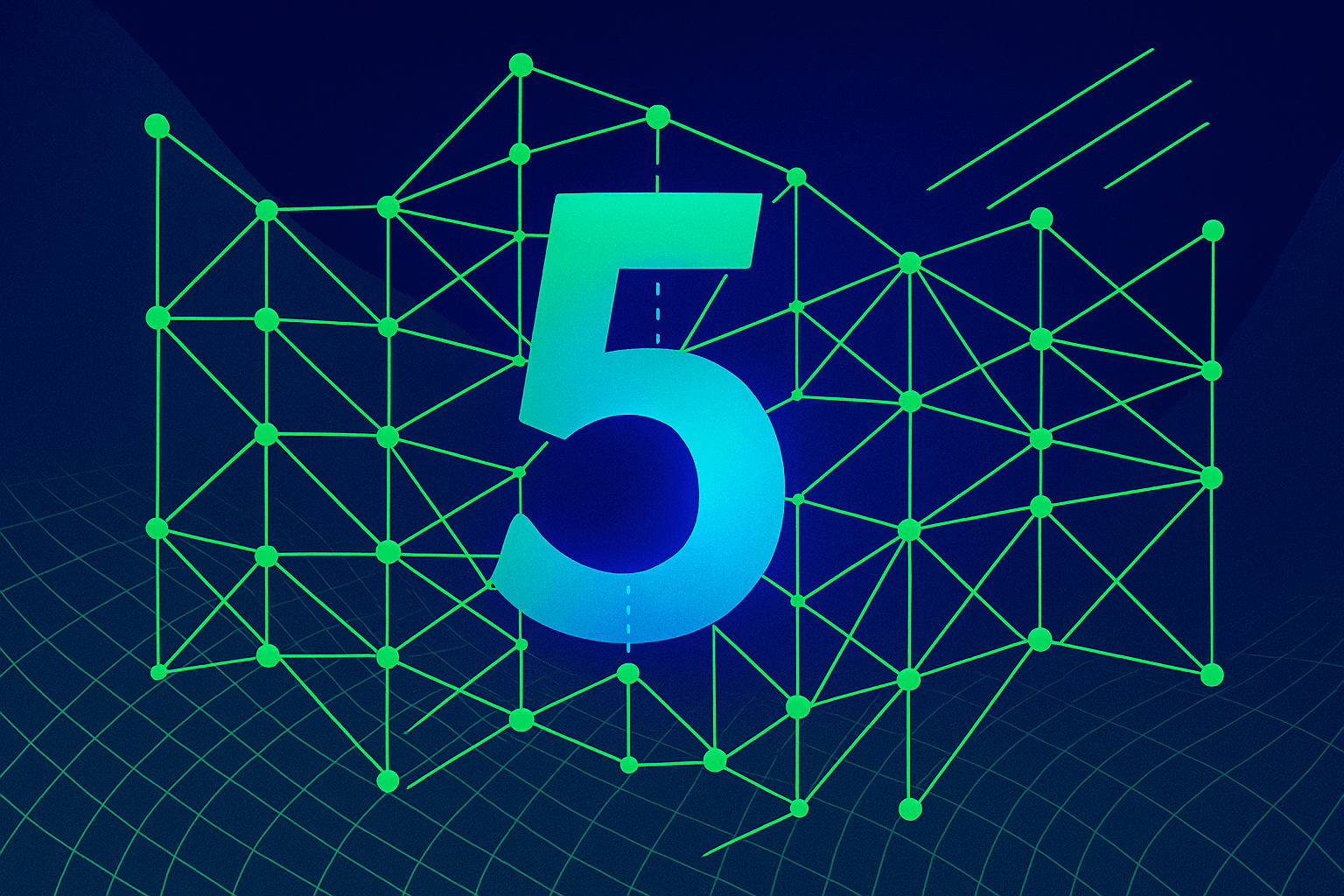The AI critic Gary Marcus has responded to the launch of GPT-5 with a sharp blog post, accusing OpenAI of fueling "overdue, overhyped and underwhelming" excitement and pointing to persistent issues across the industry.
A longtime skeptic of simply scaling up large language models, Marcus used the release of OpenAI's latest flagship to double down on his core criticisms. In a detailed post on his Substack, Marcus calls GPT-5 "the latest incremental advance. And it felt rushed at that." Instead of a major breakthrough, he sees just another step in a long line of minor improvements.
While OpenAI CEO Sam Altman promoted GPT-5 as a way to "like talking to … legitimate PhD level expert in anything," Marcus isn't convinced. "GPT-5 is barely better than last month’s flavor of the month (Grok 4); on some metrics (ARC-AGI-2) it’s actually worse," he writes.
Marcus also points to problems that surfaced almost immediately after launch. "A system that could have gone a week without the community finding boatloads of ridiculous errors and hallucinations would have genuinely impressed me." Instead, the usual flaws appeared within hours: flawed physics explanations in the release livestream, wrong answers to basic chess puzzles, and mistakes in image analysis.
From Isolated Flaws to Industry-Wide Problems
Marcus highlights a recent study from Arizona State University that echoes his concerns. As the paper puts it, "chain of thought" reasoning is "a brittle mirage that vanishes when it is pushed beyond training distributions." Reading the summary, Marcus says, gave him déjà vu: "The Achilles’ Heel I identified then still remains."
He argues that this "distribution shift" problem is why other large models, from Grok to Gemini, also fail at more complex transfer tasks. "It’s not an accident. That failing is principled," Marcus writes.
In the post, Marcus also criticizes broader trends in AI: the hype around AGI, cherry-picked demo videos, lack of transparency about training data, and an industry he says is more focused on marketing than on real research. "We have been fed a steady diet of bullshit for the last several years," he writes.
As a solution, Marcus again calls for neurosymbolic approaches with explicit world models. For him, the GPT-5 launch isn't a step toward AGI - it's a moment where even tech enthusiasts might start to question the scaling hypothesis.





